Is this $9000 Yugo the best worst car?
There’s an old joke about the Yugo. “How do you double the value? Fill up the gas tank!” Cue that laugh track.
This week, however, someone paid $9451.05 for one. You’d have to fill it up with Macallan or Dom Pérignon to double that price. Although nine grand is absolutely in “cheap car” territory these days, as far as we can tell, this is the most someone has ever paid for a Yugo.
It’s not a car we keep in the Hagerty Price Guide, nor is it one we plan to cover. We don’t think we’re in for a run on Yugos in the collector car market, either—but it is fun to see some love for what may be the most hated-on car of all time, at least here in America.

These creaky little commie hatchbacks from the 1980s trace their roots back decades earlier in the twentieth century. Zastava, a Yugoslavian company in what is now Serbia, started as an armaments manufacturer in the 1850s but began assembling Ford-designed vehicles for the Yugoslavian armed forces in the 1930s.
In the 1950s, and after the state had been reorganized as the Federal People’s Republic of Yugoslavia, Zastava reached a deal with its neighbors across the Adriatic at Fiat to build and sell versions of the Italian company’s small economy cars. That relationship proved fruitful, and by the 1980s Zastava was building a shortened version of the Fiat 128 called the Yugo 45.
Enter Malcolm Bricklin, the serial automotive entrepreneur who brought Subaru to North America, built his own gullwing sports car several years before John DeLorean, and imported Fiat sports cars under the Bertone and Pininfarina brands.
After that last deal dried up, Bricklin found himself in Belgrade in need of a new project. He was convinced that this dirt-cheap three-door from communist Yugoslavia would sell well in Ronald Reagan’s America.
The Yugo was aimed squarely at people who would ordinarily have to buy a used car but who could be tempted by the prospect of a new car for the same price. Bricklin started Yugo America to import the car, and the Zastava factory set up a separate assembly line to build American-market Yugos.
In mid-1986, the base-model Yugo GV started at just $3990 (about 10 grand in 2022 dollars). What does GV stand for? “Great Value,” of course!
Other models included the GVL, which sported a better interior, and the GVX, which ditched the 1100-cc engine and four-speed transmission for a 1300-cc mill and a five-speed ‘box. There was even a cabriolet version in 1988.
At first, four grand for a new car was hard to pass up. The Yugo was significantly cheaper than other barebones imports like the Hyundai Excel, not to mention domestic deals like the Chevy Chevette and Ford Escort.
The commercials made big promises, and they never lie, right? “Reliability is his second name,” said one. “Dependability and safety now have a totally new meaning … Buy yourself some freedom. Buy a Yugo!”
Sounds great. I mean, who doesn’t love freedom?
The Yugo was even made the official car of Team USA Volleyball, for some reason.
But after strong initial sales, the problems and derision started. Even the usually bland Consumer Reports got a little spicy, calling the Yugo’s transmission “easily the worst we’ve encountered in years” and complaining that the interior is “covered with cloth that resembles towel material.”
The Yugo was painfully basic, had poor attention to detail, and was slow, with a top speed of 86 mph. The timing-belt service intervals were an incredibly short 30,000 miles. Combine that with the fact that the old Fiat-designed four-banger is an interference engine, and you had a high risk for a catastrophic failure for Yugo owners who weren’t on top of their maintenance.
Given the car’s quality issues, and the perception that a Yugo was pretty much poverty on wheels, there was a real stigma around it.
And jokes. In addition to the one that starts this post, other classics include: “Why does a Yugo have a rear defroster? So you can keep your hands warm when you push it!” There’s also: “Yugo has come up with a very clever anti-theft device. Yeah, they made the name bigger!”
Yugo sales fell off a cliff at the end of the ’80s. There are even stories of dealerships offering a buy-one-get-one sale: The dealer would throw in a free Yugo with the purchase of another car, and people would refuse to take it.
Over their short run, Yugos’ equipment and quality did get better, but the little Balkan beater had become showroom poison. Pollution from the primitive, carbureted engine resulted in an EPA recall. Then, outbreak of war in Yugoslavia completely disrupted industry, resulted in UN sanctions, and eventually broke apart the country altogether.
Yugo exited the U.S., and although talk of a return persisted, it was largely quashed in 1999 when a few NATO missiles plowed right into Zastava’s automotive facility.
Thirty years later, aside from a few die-hard defenders, the Yugo is mostly remembered as a rolling punchline.
Most Yugos were crushed years ago, and people who buy one now often do so as an expression of automotive irony for shows like Radwood or Concours d’Lemons. That’s why we were surprised to see this one popping up on Bring a Trailer, the usual haunt of perfect Porsches and JDM royalty.
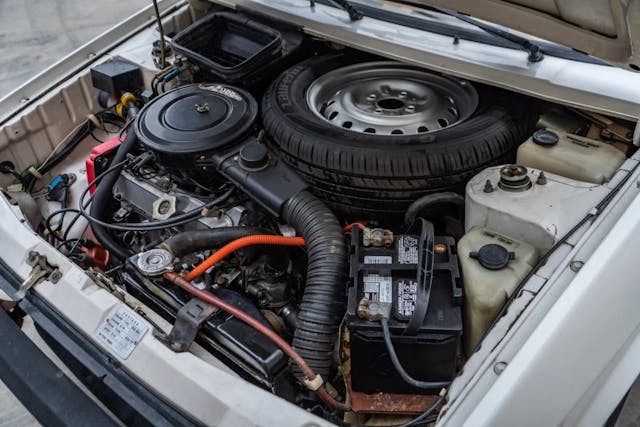
At 67,000 miles, this Yugo ain’t perfect, but if we’re going to grade on a curve condition-wise for any car, it’s this one.
A mid-range GVL model, it reportedly stayed with the original California owner’s family until 2021. Service this year included a rebuilt carb, a refresh of the brake and cooling systems, and a timing-belt replacement as well as new water pump, tires, fuel pump/filter, front-wheel bearings, spark plugs, radiator, and thermostat.
World’s best? Maybe.
At less than $9500, it was nearly the cheapest thing on BaT all week and brought less than its inflation-adjusted original price. But it’s still top dollar for the model.
When we got in touch with the seller, she told us: “I was surprised at not only the price but the amount of people bidding at the last minute … I was seeing bids from about a dozen people in the last few minutes!”
$9K for a bit of automotive irony is a lot of money, but people have spent more to achieve the same goal. Few, however, will get as much attention or start as many conversations as this one, wherever yu-go.

Check out the Hagerty Media homepage so you don’t miss a single story, or better yet, bookmark it.
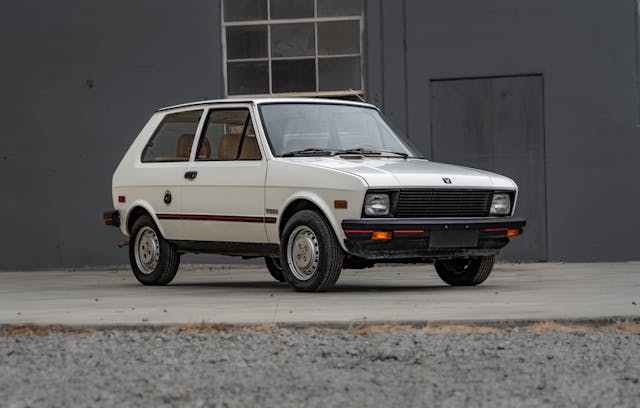



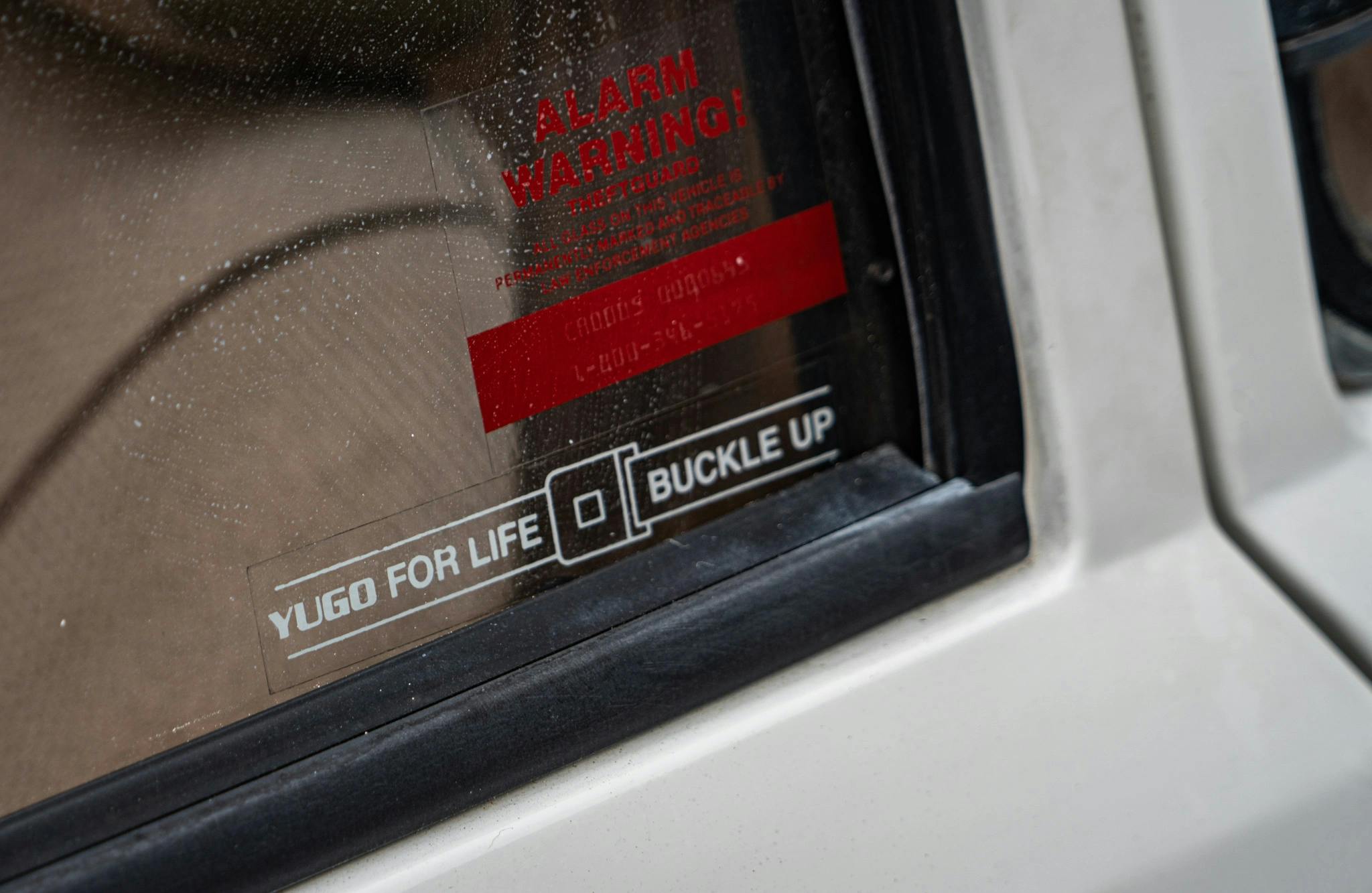
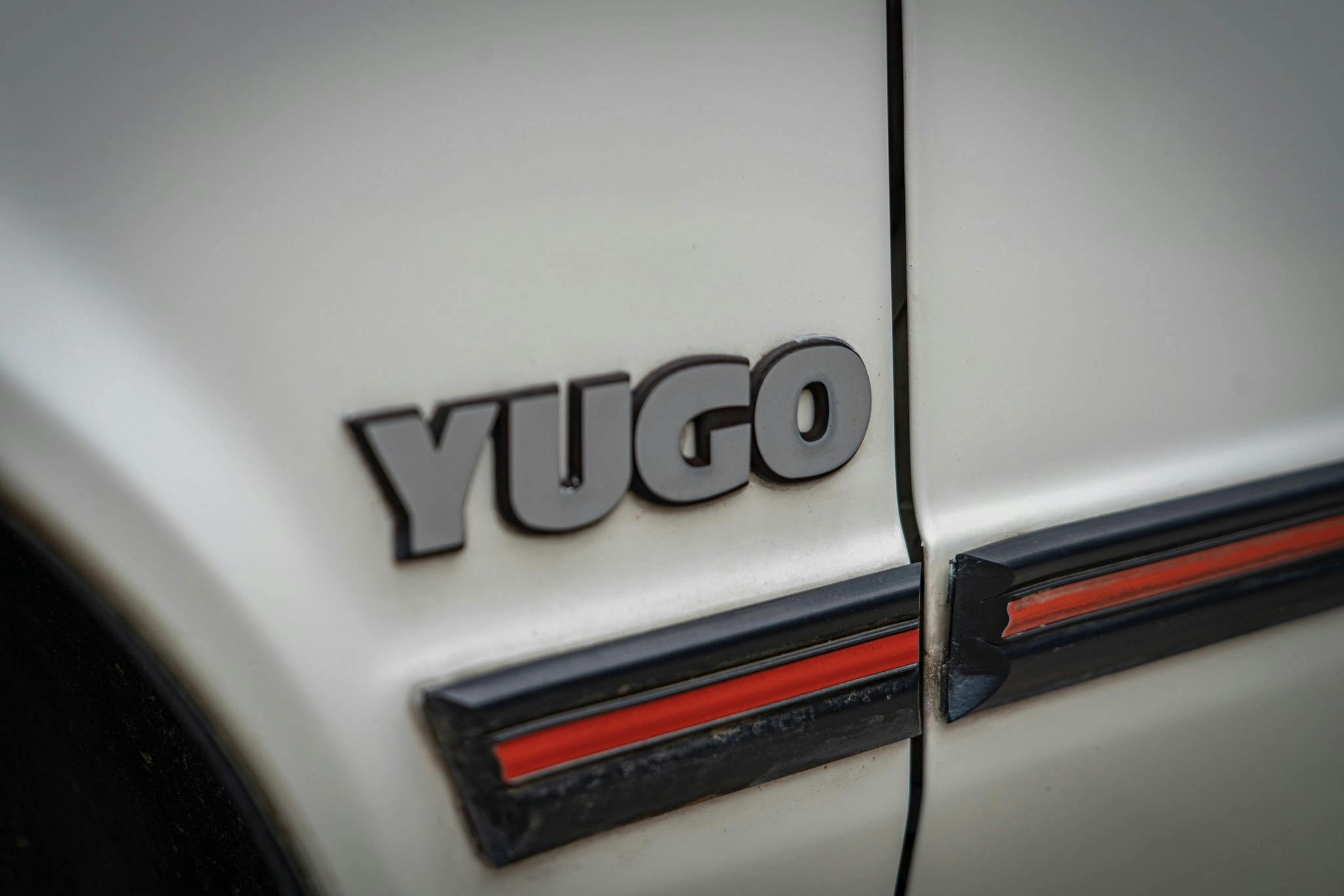
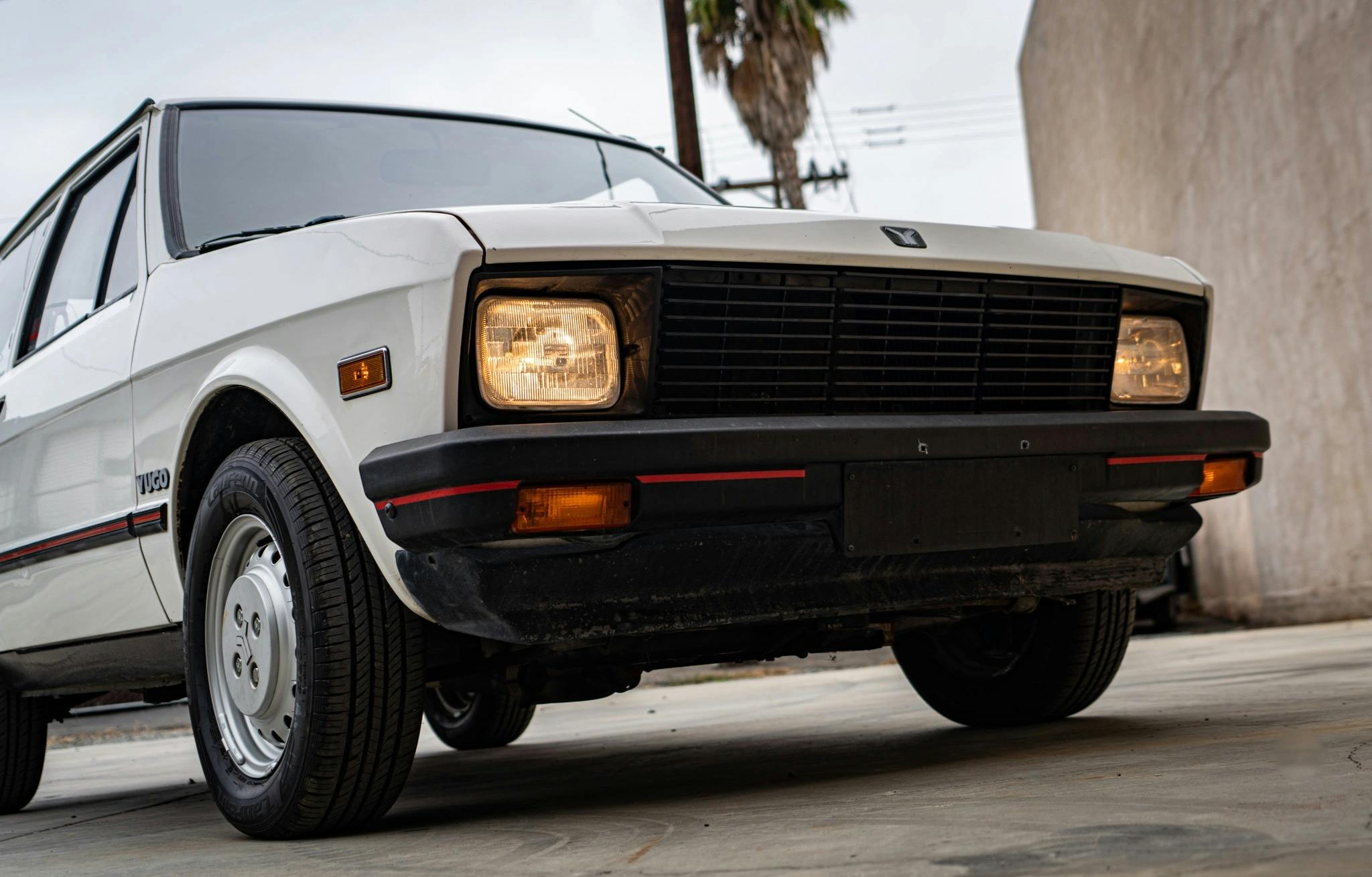
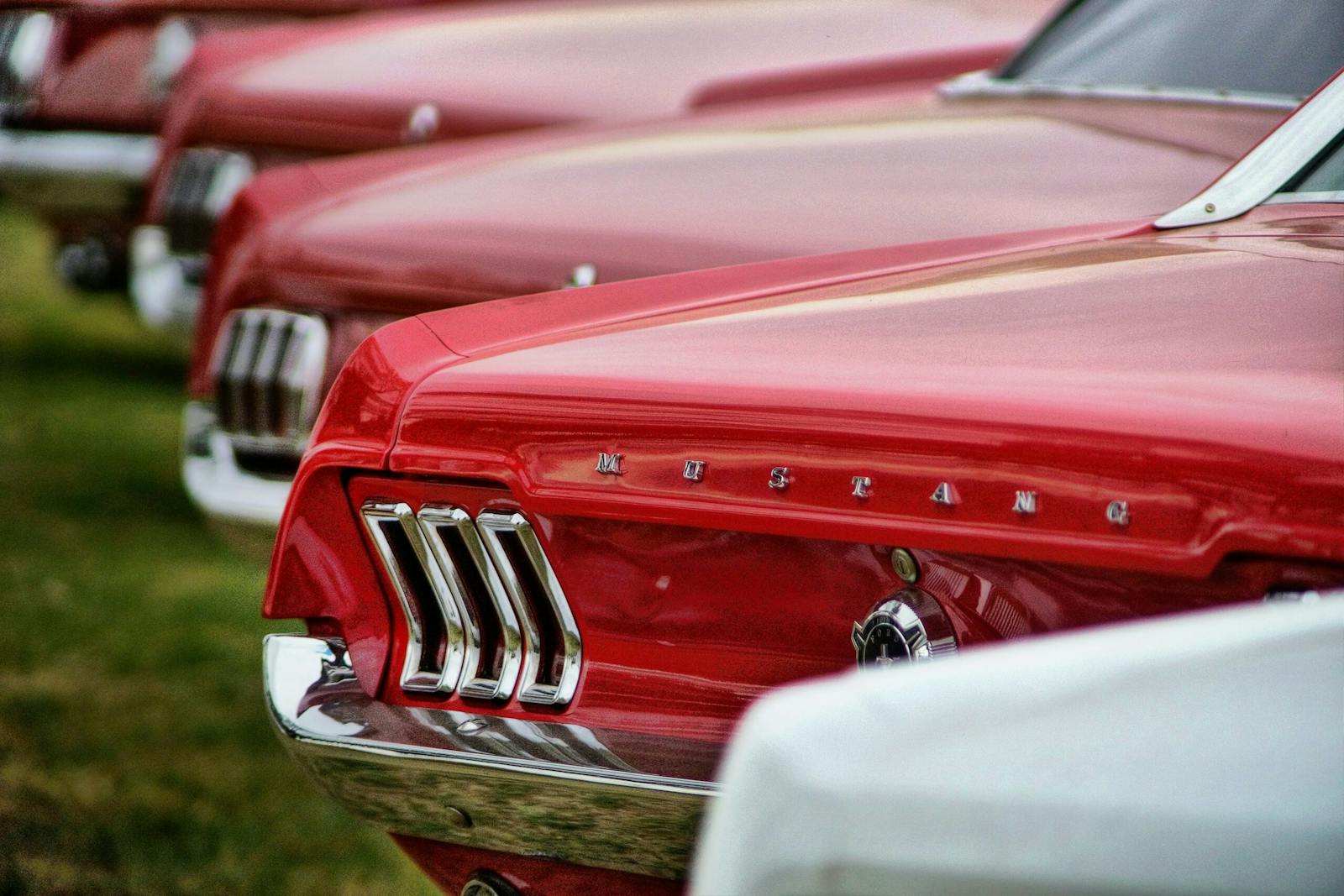
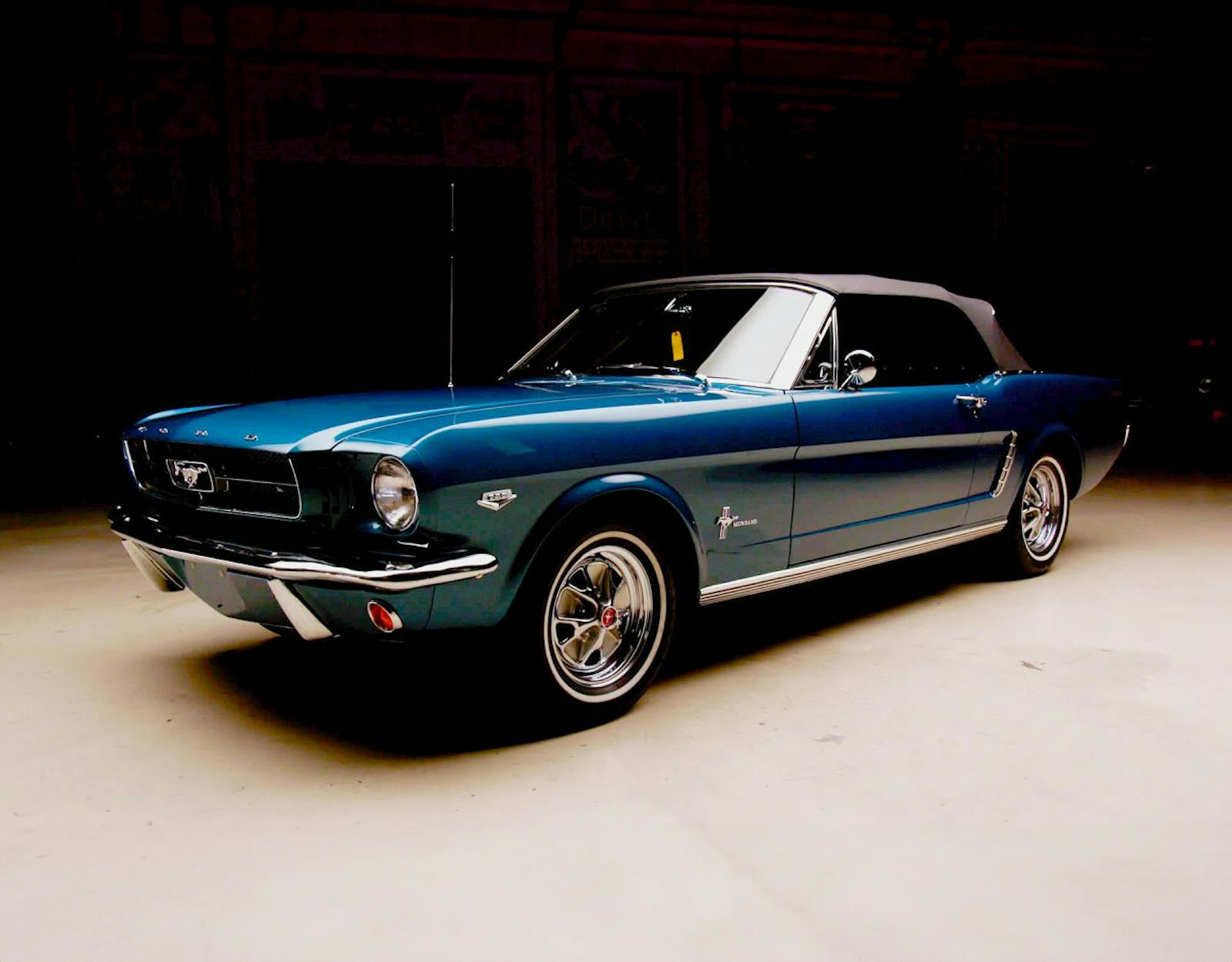
What? no market trend analysis?
These cars have a bare basic git-r-dun aspect to them that I can respect, but I would never pay 9 grand for one. Doesn’t surprise me that someone would though
I worked on these when they were new. Even in the dark automotive days of the 80’s, a Yugo made the Hyundai Excel look like a Ferrari in comparison in every way possible. The base models were indeed advertised = $3995 but no one ever left the dealership without paying more. Warranty claims were through the roof for every possible thing imaginable – then parts availability quickly became a huge issue with mid-production run changes.
Then the other issue was people in the DC metro area would drive them on Rt 495 / 95 / 66 at high speeds and blow the engine.
At the time my older brother was dating this girl from one of the large banks in automotive finance. The Yugo, almost overnight, became worthless as people let them get repossessed rather than keep them as repair costs exceed their value. So most auto finance companies quit underwriting those. So the only way the dealer could sell them is via credit cards. Definitely the Trabant equivalent in ‘quality’
We never go to BAT anymore, because many of the bids appear to be Straw Man bids, meant to boost the market value of less desirable cars. This perhaps is the case with the Yugo, since one was for sale locally a year or so ago, with a price of $3,000, and no buyers.
If this was a legit auction it was a fool.
People are playing so many games anymore pressing and pushing models to perform higher. Everyone wants to push the next money making car. Even some are guilty of trying to create a bull market as it is called.
Cars are a very unpredictable thing. Many of the most collectible cars today were cars that at one time no one wanted. Most were racing cars that were used up or just odd cars like a Daytona that was rejected at first. Even the Bugatti Royal was never sold to but one Royal.
Cobras were used up race cars few wanted for a long time. Even the 250 GTO was a bargain car at one time.
Prices and real values are more along the lines of supply and demand that is hard to predict. Then it comes to time as can the demand and supply continue to support the values.
In the Case of the Benz that was just sold there are two cars and lots of demand so odds are it will hold its value. As for a old Bronco today they are big because demand is up. But with so many of them and the limited long term interest the prices may fall in the near future once the excitement of the new one dies.
To me it has gotten sad that more people are chasing money vs chasing classics. No offense to those who make their living doing this>
But for the average collector buy what you like and want. That way if it is worth nothing you have a car you love. Don’t worry about the investment side just enjoy the ride.
I believe I own the best yugo in existence 468 MI it’s the red one Google it